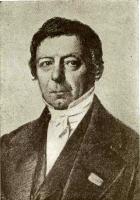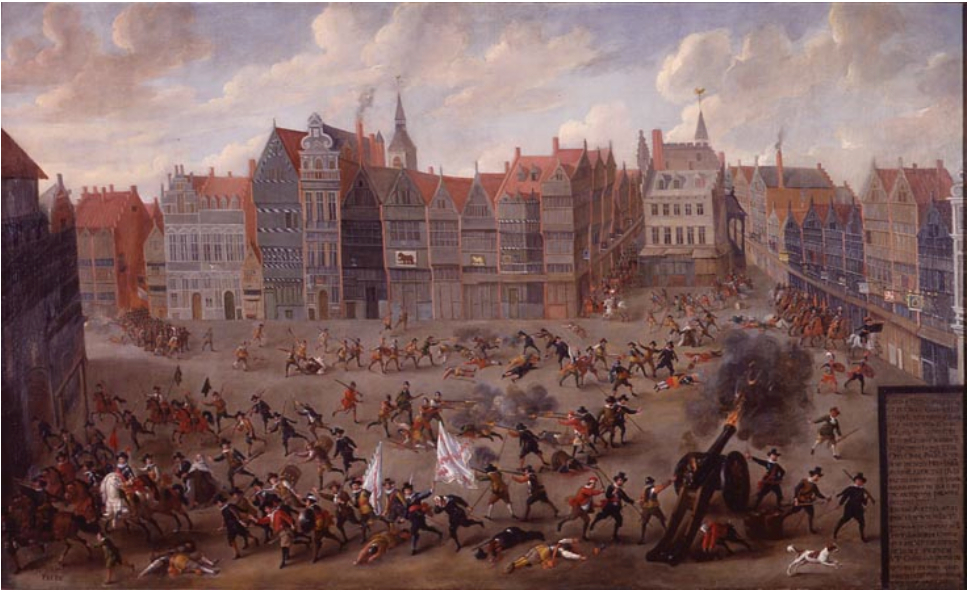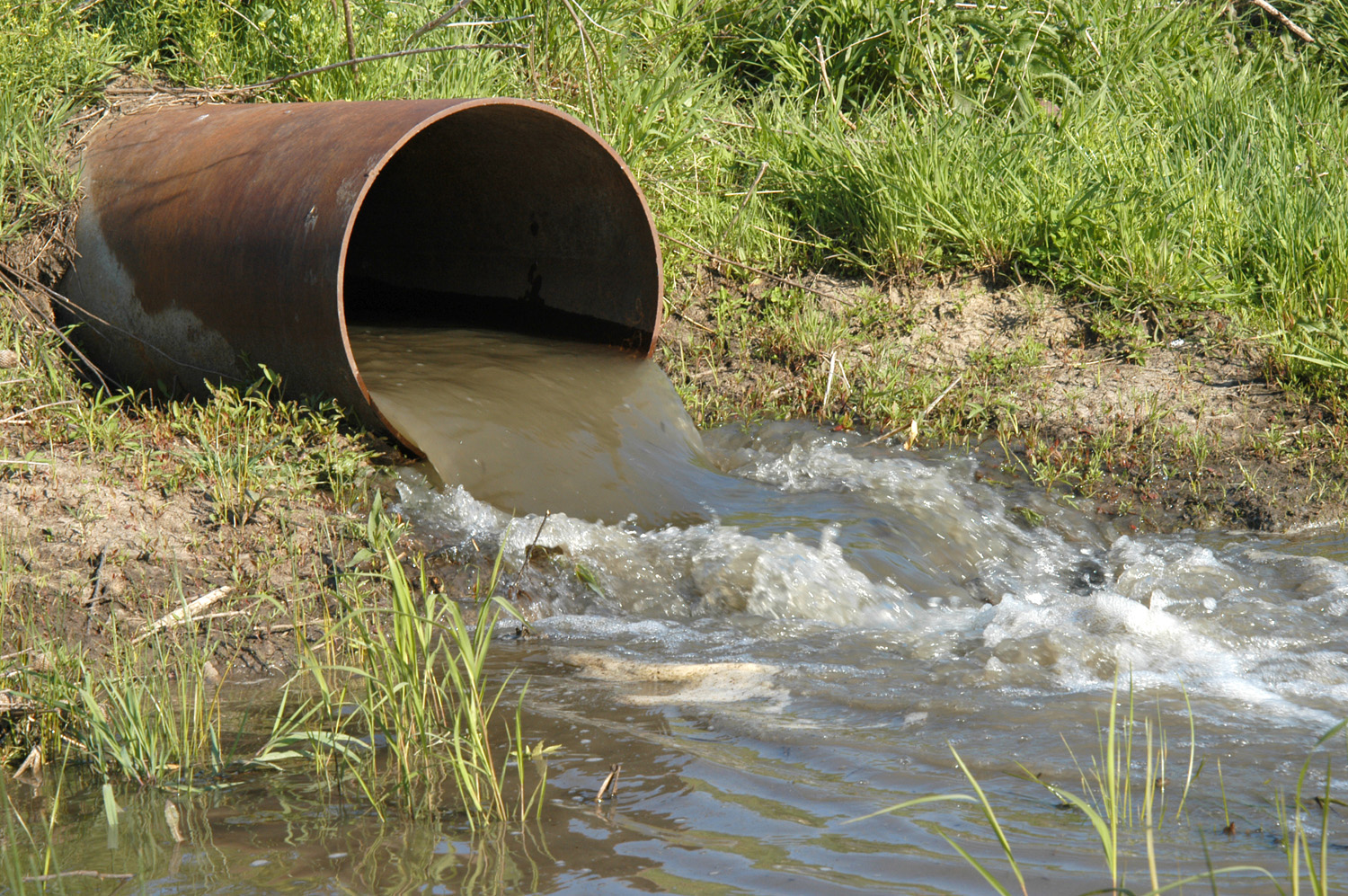|
Zenne
The ( French, ) or ( Dutch, ) is a small river that flows through Brussels, Belgium. Its source is in the village of Naast near the municipality of Soignies. It is an indirect tributary of the Scheldt, through the Dyle and the Rupel. It joins the Dyle at Zennegat in Battel, north of the municipality of Mechelen, only a few hundred metres before the Dyle itself joins the Rupel. In total, the Senne is long. The Woluwe and the Maelbeek are some of its tributaries. Covering and treatment In Brussels, the Senne had become a serious health hazard by the second half of the 19th century, and from 1867 to 1871, under the tenure of the city's then-mayor, Jules Anspach, its entire course through the urban area was completely covered over. This allowed urban renewal and the construction of modern buildings of '' Haussmann-esque'' style along grand central boulevards, characteristic of downtown Brussels today.Map of Suys' proposal. City Archives of Brussels: p.p. 1.169 The ... [...More Info...] [...Related Items...] OR: [Wikipedia] [Google] [Baidu] |
Covering Of The Senne
The covering of the Senne (; ) was the covering and later diverting of the main river of Brussels, Belgium, and the construction of public buildings and Central Boulevards of Brussels, major boulevards in its place. Carried out between 1867 and 1871, it is one of the defining events in the Timeline of Brussels, history of Brussels. The Senne (river), Senne/Zenne (French/Dutch) was historically the main waterway of Brussels, but it became more polluted and less navigable as the city grew. By the second half of the 19th century, it had become a serious health hazard and was filled with garbage and decaying organic matter. It was heavily polluted, and it flooded frequently, inundating the lower town and the working class neighbourhoods that surrounded it. Numerous proposals were made to remedy this problem, and in 1865, the List of mayors of the City of Brussels, City of Brussels' mayor, Jules Anspach, selected a design by the architect Léon Suys to cover the river and build a s ... [...More Info...] [...Related Items...] OR: [Wikipedia] [Google] [Baidu] |
Dyle (river)
The Dyle (; ) is a river in central Belgium, left tributary of the Rupel. It is long. It flows through the Belgian provinces of Walloon Brabant, Flemish Brabant and Antwerp. Its source is in Houtain-le-Val, near Nivelles in Walloon Brabant. The most important cities along the Dyle are (starting from the source) Ottignies, Wavre, Leuven and Mechelen, the last of which is often called the 'Dijlestad' (Dyle City). The main tributaries of the Dyle are the rivers Demer (in Werchter, Rotselaar municipality), and the Zenne at the ''Zennegat'', on the farthest outskirts of Mechelen, where the canal Leuven-Mechelen also connects. A few hundred metres downstream, the confluence of the Dyle and the Nete at Rumst forms the river Rupel, which further comes into the Scheldt on which the Antwerp seaport is located. The Dyle used to be navigable for small ships from Werchter on, although nowadays commercial and pleasure navigation is limited to Mechelen, the upper locks at Mechelen be ... [...More Info...] [...Related Items...] OR: [Wikipedia] [Google] [Baidu] |
Scheldt
The Scheldt ( ; ; ) is a river that flows through northern France, western Belgium, and the southwestern part of Netherlands, the Netherlands, with its mouth at the North Sea. Its name is derived from an adjective corresponding to Old English ("shallow"), Modern English ''shoal'', Low German , West Frisian language, West Frisian , and obsolete Swedish language, Swedish ("thin"). Course The headwaters of the Scheldt are in Gouy, Aisne, Gouy, in the Aisne department of northern France. It flows north through Cambrai and Valenciennes, and enters Belgium near Tournai. Ghent developed at the confluence of the Lys (river), Lys, one of its main tributaries, and the Scheldt, which then turns east. Near Antwerp, the largest city on its banks, the Scheldt flows west into the Netherlands toward the North Sea. Originally there were two branches from that point: the Oosterschelde (Eastern Scheldt); and the Westerschelde (Western Scheldt). In the 19th century, however, the Dutch built a ... [...More Info...] [...Related Items...] OR: [Wikipedia] [Google] [Baidu] |
Naast (Soignies)
Naast () is a village of Wallonia and a district of the municipality of Soignies, located in the province of Hainaut, Belgium, known by the wellspring of the river Zenne. Its population continued to increase throughout the nineteenth century. In 1972 a city was built to address the housing crisis but also to maintain a young population in Naast who tended to emigrate. Since 1977, Naast and the villages Casteau, Horrues, Chaussée-Notre-Dame-Louvignies, Neufvilles, Soignies (town) (Zinnik), and Thieusies compose the municipality of Soignies. Etymology Naast was mentioned for the first time in 1119 or 1225. For some it would come from the Germanic "Knasque" which means soft, wet or swampy ground. For others, this name would come from a Germanic word meaning "nearest". History In the Middle Ages In the history of Europe, the Middle Ages or medieval period lasted approximately from the 5th to the late 15th centuries, similarly to the post-classical period ... [...More Info...] [...Related Items...] OR: [Wikipedia] [Google] [Baidu] |
Soignies
Soignies (; , ; ; ) is a municipality of Wallonia located in the province of Hainaut, Belgium. It consists of the following districts: Casteau, Chaussée-Notre-Dame-Louvignies, Horrues, Naast, Neufvilles, Soignies and Thieusies. Casteau is known worldwide because SHAPE, the military headquarters of NATO, has been based at the village since 1967. The name of Soignies comes from the Latin word ''suniacum'', which means "on the Senne". The spring of the Senne is near Soignies. After Soignies, the river flows through Brussels. Soignies is also well known for its blue limestone (from the ''Carrières du Hainaut'') and its glass industry (Durobor). History Saint Vincent The known history of the region starts in the 7th century. The Frankish merchant Samo, who founded an empire in Central Europe, may have come from Soignies (Latin: ''pagus Senonagus'').Chronicle of Fredegar, 4.48, edited and translated in J.M. Wallace-Hadrill, ''The Fourth Book of the Chronicle of Fredegar wi ... [...More Info...] [...Related Items...] OR: [Wikipedia] [Google] [Baidu] |
Mayor Of The City Of Brussels
This is a list of mayors or burgomasters of the City of Brussels. Burgundian Netherlands (1384–1482) *1380: Pipenpoy family, Geert Pipenpoy *1381: Pipenpoy family, Geert Pipenpoy and Jacques Stovaert *1421: J. Swaeff, J. Cooman *1422: Walter Vanden Heetvelde, Petrus van Bolenbeke *1423: Guillaume de Kesterbeke, Jan van Muysen *1424: Jan van Coundeberg, called Rolibuc, Gielis Daneels, *1425: Willem van Herzele, J. de Schore, called de Briedere *1426: Wenceslas t'Serclaes, J. Rampaert *1427: Jean de Hertoghe, Michel de Mabeert *1428: H. Magnus, J. de Broeckhoven *1429: Willem van Kesterbeke, Daniel Poelbroot *1430: Simon van Ophem, J. de Schore, called de Briedere *1431: Pipenpoy family, Walter, son of Gerard Pipenpoy, J. Roypens *1432: Wenceslas t'Serclaes, Félix de Hont *1433: J. Bernaige, H. de Beringen *1434: Jean de Frigidomonte *1435: Walter Vandernoot, J. Rampaert *1436: Walter Vanden Winckele, Arnout Wellems, said Van Almkercke *1437: Henri Taye, J. van Broeckhoven *143 ... [...More Info...] [...Related Items...] OR: [Wikipedia] [Google] [Baidu] |
Mechelen
Mechelen (; ; historically known as ''Mechlin'' in EnglishMechelen has been known in English as ''Mechlin'', from where the adjective ''Mechlinian'' is derived. This name may still be used, especially in a traditional or historical context. The city's French name, ', had also been used in English in the past (in the 19th and 20th centuries); however, this has largely been abandoned. Meanwhile, the Dutch-derived ' began to be used in English increasingly from the late 20th century onwards, even while ''Mechlin'' remained still in use (for example, a ''Mechlinian'' is an inhabitant of this city or someone seen as born-and-raised there; the term is also the name of the city dialect; as an adjective ''Mechlinian'' may refer to the city or to its dialect.) is a city and municipality in the province of Antwerp in the Flemish Region of Belgium. The municipality comprises the city of Mechelen proper, some quarters at its outskirts, the hamlets of Nekkerspoel (adjacent) and Battel ... [...More Info...] [...Related Items...] OR: [Wikipedia] [Google] [Baidu] |
Brussels–Charleroi Canal
The Brussels–Charleroi Canal (; ), also known as the Charleroi Canal amongst other similar names, is an important canal in Belgium. The canal is quite large, with a Class IV Freycinet gauge, and its Walloon portion is long. It runs from Charleroi (Wallonia) in the south to Brussels in the north. The canal is part of a north–south axis of water transport in Belgium, whereby the north of France (via the Canal du Centre) including Lille and Dunkirk and important waterways in the south of Belgium including the Sambre valley and the '' sillon industriel'' are linked to the port of Antwerp in the north, via the Brussels–Scheldt Maritime Canal, which meets the Brussels–Charleroi Canal at the Sainctelette area of Brussels. The Ronquières inclined plane is the canal's most remarkable feature and a tourist site. History Early proposals The idea of a waterway to serve the cities of Hainaut, linking them ultimately with Antwerp, was first put forward during the reign of Ph ... [...More Info...] [...Related Items...] OR: [Wikipedia] [Google] [Baidu] |
Spillway
A spillway is a structure used to provide the controlled release of water downstream from a dam or levee, typically into the riverbed of the dammed river itself. In the United Kingdom, they may be known as overflow channels. Spillways ensure that water does not damage parts of the structure not designed to convey water. Spillways can include floodgates and fuse plugs to regulate water flow and reservoir level. Such features enable a spillway to regulate downstream flow—by releasing water in a controlled manner before the reservoir is full, operators can prevent an unacceptably large release later. Other uses of the term "spillway" include bypasses of dams and outlets of channels used during high water, and outlet channels carved through natural dams such as moraines. Water normally flows over a spillway only during flood periods, when the reservoir has reached its capacity and water continues entering faster than it can be released. In contrast, an intake tower is a structure ... [...More Info...] [...Related Items...] OR: [Wikipedia] [Google] [Baidu] |
Sewerage
Sewerage (or sewage system) is the infrastructure that conveys sewage or surface runoff ( stormwater, meltwater, rainwater) using sewers. It encompasses components such as receiving drains, manholes, pumping stations, storm overflows, and screening chambers of the combined sewer or sanitary sewer. Sewerage ends at the entry to a sewage treatment plant or at the point of discharge into the environment. It is the system of pipes, chambers, manholes or inspection chamber, etc. that conveys the sewage or storm water. In many cities, sewage (municipal wastewater or municipal sewage) is carried together with stormwater, in a combined sewer system, to a sewage treatment plant. In some urban areas, sewage is carried separately in sanitary sewers and runoff from streets is carried in storm drains. Access to these systems, for maintenance purposes, is typically through a manhole. During high precipitation periods a sewer system may experience a combined sewer overflow event or ... [...More Info...] [...Related Items...] OR: [Wikipedia] [Google] [Baidu] |
Water Pollution
Water pollution (or aquatic pollution) is the contamination of Body of water, water bodies, with a negative impact on their uses. It is usually a result of human activities. Water bodies include lakes, rivers, oceans, aquifers, reservoirs and groundwater. Water pollution results when contaminants mix with these water bodies. Contaminants can come from one of four main sources. These are sewage discharges, industrial activities, agricultural activities, and urban runoff including stormwater. Water pollution may affect either surface water or groundwater pollution, groundwater. This form of pollution can lead to many problems. One is the environmental degradation, degradation of aquatic ecosystems. Another is spreading Waterborne diseases, water-borne diseases when people use polluted water for drinking or irrigation. Water pollution also reduces the ecosystem services such as drinking water provided by the Water resources, water resource. Sources of water pollution are either p ... [...More Info...] [...Related Items...] OR: [Wikipedia] [Google] [Baidu] |
Effluent
Effluent is wastewater from sewers or industrial outfalls that flows directly into surface waters, either untreated or after being treated at a facility. The term has slightly different meanings in certain contexts, and may contain various pollutants depending on the source. Definition Effluent is defined by the United States Environmental Protection Agency (EPA) as "wastewater–treated or untreated–that flows out of a treatment plant, sewer, or industrial outfall. Generally refers to wastes discharged into surface waters". The ''Compact Oxford English Dictionary'' defines effluent as "liquid waste or sewage discharged into a river or the sea". Wastewater is not usually described as effluent while being recycled, re-used, or treated until it is released to surface water. Wastewater percolated or injected into groundwater may not be described as effluent if soil is assumed to perform treatment by filtration or ion exchange; although concealed flow through fractured ... [...More Info...] [...Related Items...] OR: [Wikipedia] [Google] [Baidu] |






